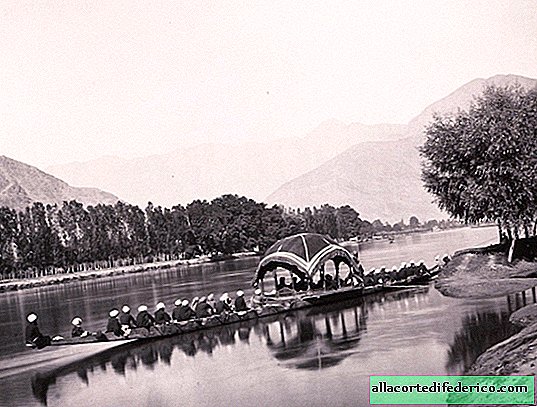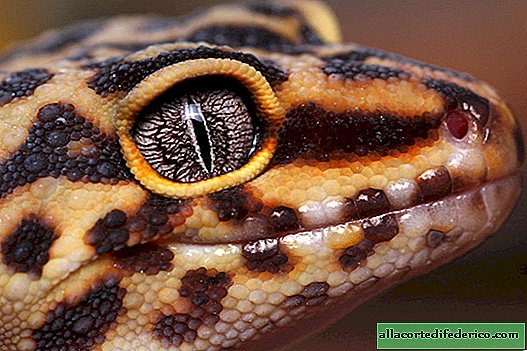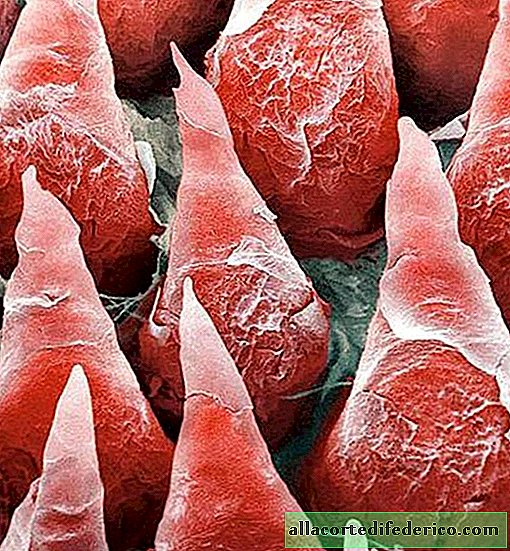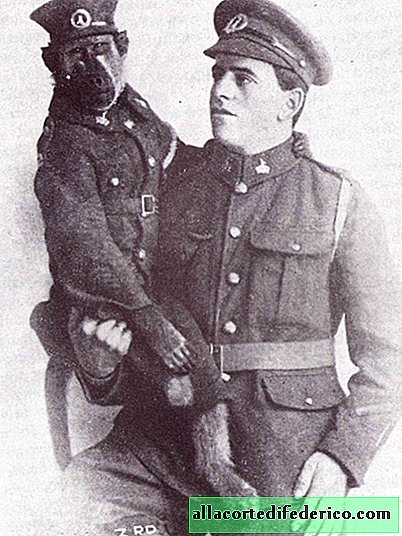The loving emperor: which women did Peter I choose
The great Russian tsar and reformer was a passionate lover of beautiful ladies, but even the most charming of them could not curb his temperament.
Evdokia Lopukhina
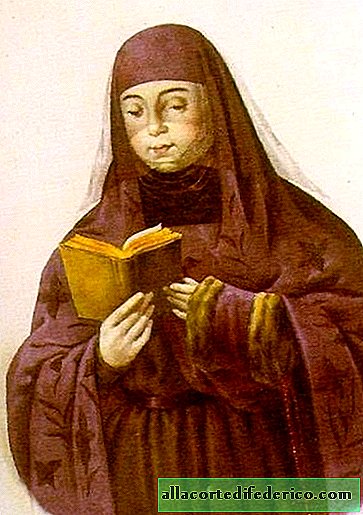
The 16-year-old Peter and Evdokia (in the girlhood Praskovya Lopukhina, when she became queen, the name was changed to a more noble one - Evdokia) married in the village of Preobrazhensky in 1689. However, marriage did not bring them happiness. The young king liked to spend time with his grown-up friends for festivities (often with plenty of alcohol), was fond of European innovations. Evdokia, the daughter of a lawyer at the court of Alexei Mikhailovich, was hopelessly old-fashioned. "She has a beautiful face, but a mediocre mind that does not match her husband's level."- this is how Boris Kurakin, the husband of her sister, wrote about her.
Lopukhina gave birth to Peter three sons, but only the last survived, Tsarevich Alexei. However, Peter did not devote much time to the education of the heir: he was more preoccupied with military and political problems, as well as his next love interest - Anna Mons. The king almost did not pay attention to his wife, who began to contribute to the political opponents of the emperor.
In 1698, Peter ordered that Lopukhina be tonsured as a nun and sent to the Suzdal-Pokrovsky convent. However, there she developed vigorous activity, receiving guests and fans. This lasted nine years, until the case of Tsarevich Alexei, the son of Peter, who was trying to hide abroad, did not force the emperor to open a large-scale trial. This led to the fact that the last favorite of the tsarina, Major Stepan Glebov, was terribly tortured, and she herself was beaten.
Evdokia lived for many more years, and in 1731 she was allowed to return to Moscow, but she no longer had public authority. Her dying words were: "God was merciful to me and let me know greatness, happiness and disgrace."
Anna Mons

The emperor’s famous favorite was the daughter of a wine merchant who owned a hotel in the German quarter in Moscow. Anna recognized Peter through her close friends Alexander Menshikov and Franz Lefort, both of whom were her lovers.
She was no more than one of the beautiful Germans of Moscow, looking for the location of powerful people, but Peter was so carried away by her that he sent his legal wife to the monastery and planned to marry Anna. This did not happen, but the entourage gave the favorite truly royal honors.
Peter determined the allowance for Anna and her mother, granted her a stone house and his miniature portrait made with diamonds and diamonds. However, a few years later, the king discovered that his beloved was unfaithful to him. He must have really loved her, because in 1704 he put her under house arrest, but two years later released her, confiscating the donated house, but leaving all the donated jewelry and personal property.
Later, after living with Anna Mons for some time, the Prussian envoy Georg-John von Keyserling tried to marry her, but the tsar, having heard his request, ridiculed the diplomat and prince Menshikov and drove him out. Nevertheless, he allowed to marry, but Keyserling soon died mysteriously.
Marta Skavronskaya (Catherine I)

Peter “acquired” his second wife just like Anna Mons. Skavronskaya, a servant from the German Marienburg, was seized by Field Marshal Boris Petrovich Sheremetev along with other prisoners and taken to his house. Prince Menshikov liked the beautiful and friendly girl; he took her from the count. It was in his house that the emperor met the future Catherine I.
According to Francois Wilbois, a Frenchman who served in Russia, “Peter looked at Catherine for a long time and, flirting with her, said she was smart. Then, jokingly, he asked her to take a candle and when she goes to bed, look into his room "This joke was carried out without objection. The beautiful woman spent the night in the royal room."
Reliably nothing is known about the place of her birth and her parents. But Peter did not bother. He settled his new love in Natalya’s sister’s house, where Marta learned to speak Russian and behave properly at court. In 1708, she was baptized in the Russian Orthodox Church and received the new name Catherine. Three years later, he made her his wife. Being pregnant, she accompanied him on military campaigns, endured all the difficulties of everyday life, thereby impressing the king even more. In 1713, he established the Order of St. Catherine in her honor. She attended the launch ceremonies of new ships, military parades and festivals.
Marta Skavronskaya gave birth to the emperor 11 children. Most of them died in infancy, only two daughters survived - Anna and Elizabeth, the future empress.
But not everything was smooth in their relationship. Idyllic love ended in 1724 when Peter found out about Catherine’s romance with Willim Mons, the brother of Anna, the emperor’s former lover. Enraged, the sovereign ordered that the severed head of her lover be delivered to Catherine on a tray. They reconciled shortly before the king’s death. After his departure, Catherine became the first full-fledged ruler of Russia.





